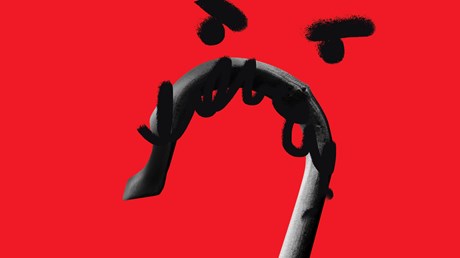I’d rather media and literature portray Christian leaders who stir up anger instead of apathy.

A couple weeks ago, actor Rainn Wilson tweeted, “I do think there is an anti-Christian bias in Hollywood. As soon as the David character in The Last of Us started reading from the Bible I knew that he was going to be a horrific villain.” He then added rhetorically, “Could there be a Bible-reading preacher on a show who is actually loving and kind?”
Bad clergy make frequent debuts in today’s television shows and movies. I still remember the evil Archbishop Rushman from Primal Fear in the mid-’90s and Eli Sunday, the odd cult evangelist and radio preacher in There Will Be Blood. Then there’s the recent Netflix horror mini-series Midnight Mass portraying Father Paul and his dark miracles that use Communion elements mixed with real blood.
The same goes for literature. Consider Hazel Motes in Flannery O’Connor’s Wise Blood, a preacher of the Church Without Christ—or the drowning baptism in her later novel The Violent Bear It Away. A hundred years ago, there was Sinclair Lewis’s Elmer Gantry, and a thousand years before that, there was Archbishop Ruggieri, a traitor tormented in the ninth circle of hell in Dante’s Inferno.
Whether on the page or on the screen, Christian characters and symbols—from church leaders and Communion elements to Bibles and baptisms—are often charged with negative connotations in such a way that they make for predictable foreshadowing.
Exceptions to these bad pastors certainly exist, like the admirable and introspective Pastor John Ames in Marilynne Robinson’s Pulitzer Prize–winning novel Gilead. Or Father Paul Lantom from the Marvel series Daredevil—who doesn’t just invite ...
from Christianity Today Magazine https://ift.tt/8GSozkW
No comments:
Post a Comment